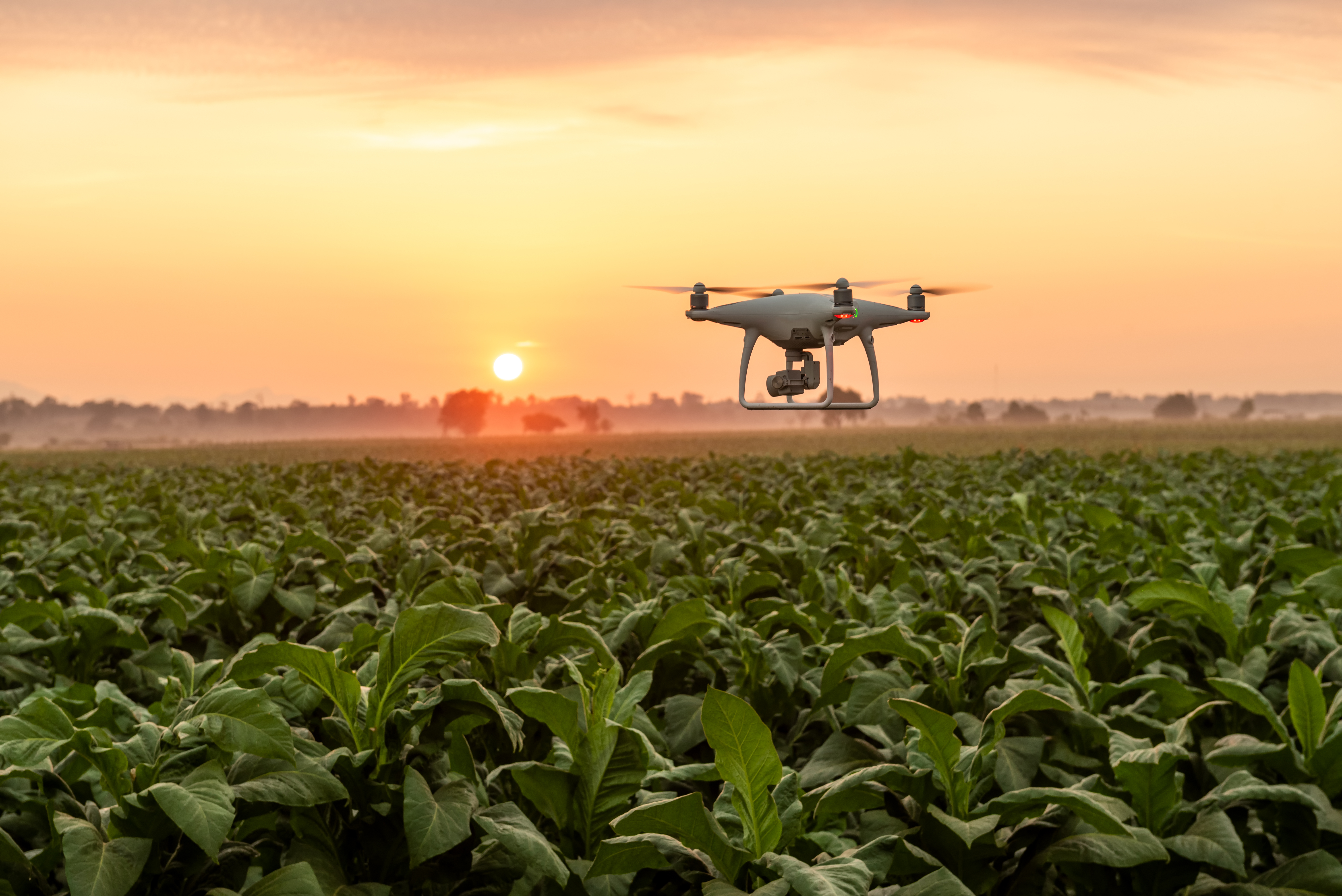
Vinçotte’s Carbon Footprint Verification Services: Ensuring Credibility and Compliance in Climate Action
As climate accountability becomes a cornerstone of corporate responsibility, organizations are increasingly expected to measure, manage, and transparently report their greenhouse gas (GHG) emissions.
Vinçotte, a trusted third-party verifier and member of the Kiwa Group, offers comprehensive carbon footprint verification services for both organizations and products. These services not only enhance credibility but also support compliance with emerging regulatory frameworks and voluntary sustainability initiatives.
International Standards for Carbon Accounting #
Vinçotte’s verification services are grounded in internationally recognized standards, ensuring consistency, transparency, and comparability of carbon footprint data. The key standards include:
- ISO 14064: This standard provides guidance for quantifying and reporting GHG emissions and removals at the organizational level (Part 1), project level (Part 2), and for verification and validation of GHG statements (Part 3).
- ISO 14067: Focused on product-level carbon footprints, this standard outlines principles, requirements, and guidelines for quantifying and reporting the carbon footprint of products.
- Greenhouse Gas Protocol (GHG Protocol): Developed by the World Resources Institute (WRI) and the World Business Council for Sustainable Development (WBCSD), this protocol is widely used for corporate GHG accounting and reporting.
These standards ensure that carbon footprint calculations are robust, transparent, and aligned with global best practices.
Levels of Verification: Limited vs. Reasonable Assurance #
Vinçotte offers two levels of verification, tailored to the needs and ambitions of the client:
- Limited Assurance: This level involves a less intensive review of the data and processes. It provides moderate confidence in the accuracy of the carbon footprint statement and is suitable for internal reporting or early-stage sustainability efforts.
- Reasonable Assurance: This more rigorous level includes detailed testing and analysis, offering a high degree of confidence in the reported data. It is often required for regulatory compliance or public disclosures.
Clients receive a formal verification or assurance statement, along with a confidential report detailing the verification process and recommendations for improvement.

ETS Verification Under ISO 17029 Accreditation #
Vinçotte is accredited under ISO 17029, the international standard for validation and verification bodies, to perform EU Emissions Trading System (EU ETS) verifications. The EU ETS is a cornerstone of the European Union’s climate policy, requiring certain sectors to monitor, report, and verify their emissions annually.
Vinçotte’s ETS verification services ensure that companies meet their legal obligations under the EU ETS and its extensions to new sectors. The verification process includes a thorough review of emissions data, monitoring plans, and compliance with EU regulations. This service is critical for avoiding penalties and maintaining market access within the EU.
Verifier for the “Taking Climate Action” Label by South Pole #
Vinçotte also serves as the independent verifier for the “Taking Climate Action” label, developed by South Pole and CO2logic. This label recognizes organizations that have taken credible steps to measure, reduce, and offset their carbon emissions.
To earn the label, companies must:
1. Calculate their carbon footprint using recognized methodologies.
2. Implement reduction strategies.
3. Offset remaining emissions through certified climate projects.
Vinçotte validates each step of this process, ensuring the integrity and transparency of the label. The label is revalidated at least every three years, reinforcing long-term commitment to climate action.

Verification of Carbon Footprint Based on PEF Method #
Vinçotte has the capability to verify carbon footprints calculated based on the Product Environmental Footprint (PEF) method of the EU Commission. This method is progressively being implemented in regulations, such as the battery regulation, ensuring that carbon footprint calculations are consistent and comparable across products and sectors.
Why Verification Matters: Regulatory and Market Drivers #
Having your carbon footprint independently verified is no longer optional—it is becoming a strategic necessity. Several key drivers underscore the importance of verification:
- Corporate Sustainability Reporting Directive (CSRD): Under the EU’s CSRD, large companies are required to disclose detailed sustainability information, including verified GHG emissions.
- Green Claims Directive: This upcoming EU regulation aims to prevent greenwashing by requiring companies to substantiate environmental claims with verified data.
- Carbon Disclosure Project (CDP): Verified emissions data can significantly enhance a company’s CDP score, improving investor confidence and stakeholder trust.
- Carbon Border Adjustment Mechanism (CBAM): For companies exporting to the EU, verified emissions data will be essential to comply with CBAM requirements and avoid carbon tariffs.

Verification by a reputable body like Vinçotte ensures that carbon footprint data is credible, defensible, and aligned with regulatory expectations.
Accredited verification of carbon footprints: why it matters #
When an organisation reports its carbon emissions, it is important that those figures are reliable. This is why more and more companies are opting for accredited verification. Vinçotte has the option of carrying out verification under accreditation.
For certain reports, this is appropriate or even mandatory:
- CSRD: European regulations around sustainability reporting require reliable data. Accredited verification helps to meet these requirements.
- B Corp: Organisations seeking to become B Corp must have their carbon footprint verified by an accredited party.
Conclusion #
Vinçotte’s carbon footprint verification services provide organizations with the assurance they need to navigate the evolving landscape of climate regulation and stakeholder expectations. By aligning with international standards, offering flexible levels of assurance, and supporting initiatives like the EU ETS and South Pole’s “Taking Climate Action” label, Vinçotte empowers companies to take meaningful, verifiable steps toward climate responsibility. In an era where transparency and accountability are paramount, verified carbon footprints are not just a badge of honor—they are a business imperative.
